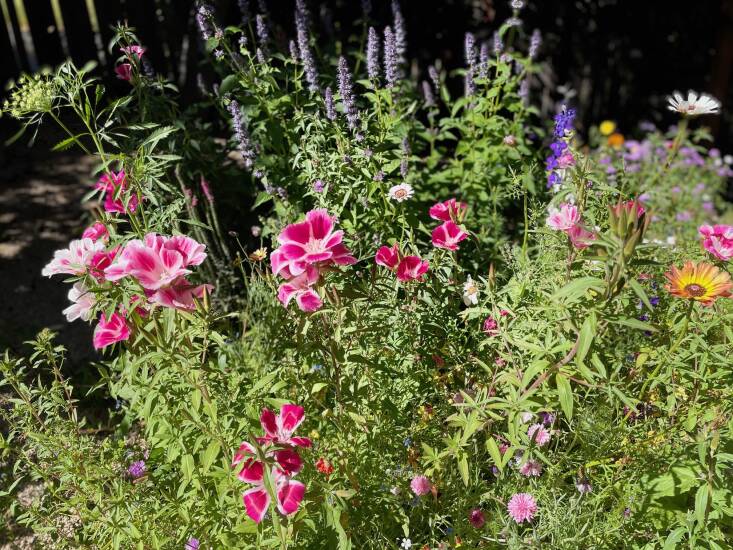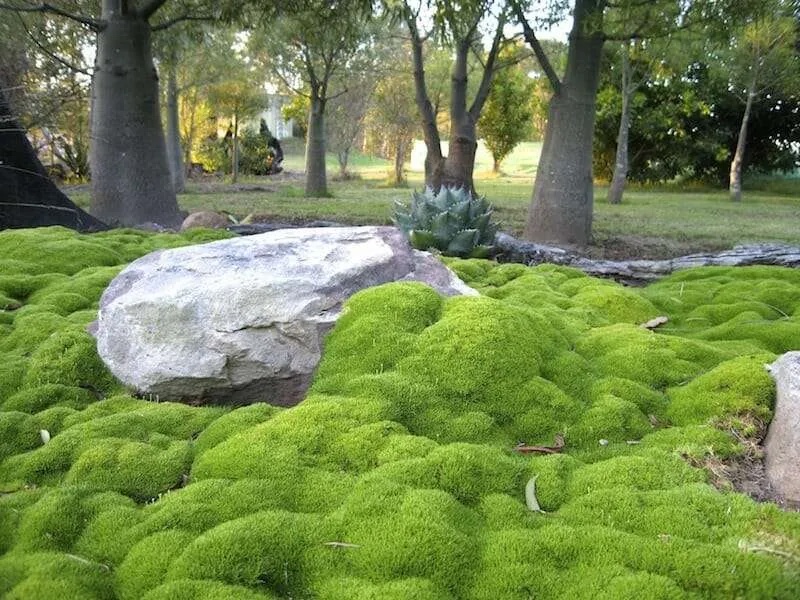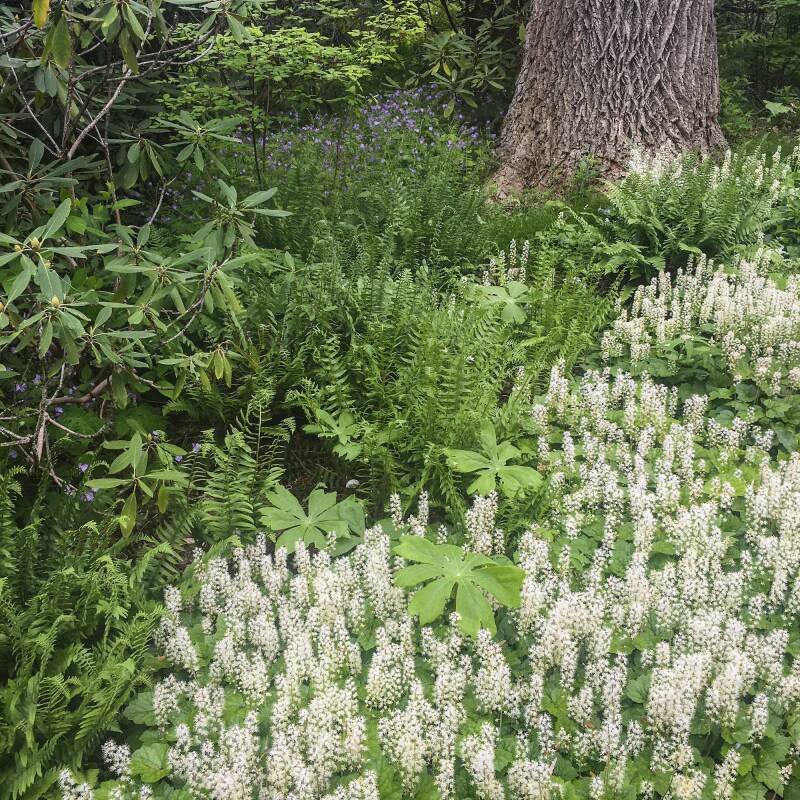Farewell to Spring, Clarkia
I’m not much of a “scatter seeds” type of gardener, but only because I haven’t had much luck with the process. However, I recently gave it another try in a client’s garden with a shady wildflower mix and….voila! Why this time? Maybe the stars were aligned or it was a full moon. Either way, it was in this miraculous floral show that I found my new favorite: Clarkias.
For the best advice and insider info on growing these pretty annuals, I spoke with Judith Larner, owner of Larner Seeds in Bolinas, California, and author of two gardening books. Judith is the ultimate seed, garden restoration, and Clarkia guru.
Please keep reading to learn more about this easy-to-grow flower:
Photography by Kier Holmes.

“Clarkias are so easy. You don’t really need tips,” Judith tells me. Okay, but we are Clarkia newbies, I say. Tell us more.
Clarkias are annual wildflowers that were once called Godetias. They were named after William Clark of the famed Lewis and Clark expedition. You can find different species, varieties, and hybrids of Clarkias in wildflower mixes—or focus on your favorite. But all, like Judith mentions, are easy to sow and grow, and even a cinch to collect their seeds (unlike explosive California poppies.) “Like most wildflowers, we sow them in the mid to late fall. And if you space them out, sowing every two weeks or so, you will have a long bloom period,” she says.
Judith recommends preparing a weed-free seed area before you sow, because if you just scatter the seeds without de-weeding, you run the risk of the flower getting out-competed. You can plant starts instead, of course, either from four-inch pots or larger one-gallon pots, but sowing your own seeds is often more satisfying. “It’s a skill every Californian gardenista should consider having,” says Judith. (Visit her site for more information on sowing annual wildflowers.)

The easiest Clarkia, according to Judith, is Clarkia amoena. Its common name is farewell to spring, because it flowers around the time that spring migrates into summer. This flower gifts you with a lovely color range, from mauve to pink to white, and blooms from June to August, sometimes into October on the California coast. Clarkia is also a superstar at reseeding itself, but not in an annoying kind of way. And if you can’t settle on one type, Judith sometimes sells a mix called “Meg’s Mix,” which consists of almost every Clarkia she carries. “They all look good together.”
Generally, Clarkias like a relatively sunny spot, but in case you’re not blessed with these conditions, luckily there’s one for that: Clarkia concinna (AKA red ribbons). This sweety sports deep pink, curiously shaped flowers in June and July and it grows to about one foot high. It’s great in a more shaded spot and looks at home in a woodland garden or decorating the feet of large trees.
Cheat Sheet

- Plant Clarkia in containers or in a cut garden for a lengthy show and copious amounts of long-lasting bouquet material.
- For a wildflower or prairie effect, pair them with native grasses.
- Large masses of Clarkias is encouraged for a rambunctious and outrageous effect; plus the native bees, moths, and other pollinators will be thrilled. Birds love to munch on the seeds.
- Because these wildflowers are so simple and have a good success rate of germinating, they are great for a kid’s garden.
- Judith shares her favorite combinations, “I’m fond of contrasting them with blue wildflowers, such as the blue perennial native wildflower, Penstemon heterophyllus. Also Linanthus grandiflorus, Mountain phlox, another annual, often blooms with the Clarkias, providing a white contrast, as well as an intoxicating fragrance. I try to avoid planting them near yellow, though that combination can occur in spite of me, and I do end up enjoying it.”
Keep It Alive

- A mostly sunny spot is preferred but can tolerate part sun.
- “In nature, which I like to copy,” says Judith, “I often see them growing out of pure clay, so dry it’s cracking.” This means Clarkias are tough and adaptable. However, average, well-draining soil is appreciated.
- Extra drinks of water will prolong bloom times but otherwise they are not very thirsty.
- Because Clarkias bloom from the bottom toward the top along the stem, cut below the lowest bloom so that the plant grows a new shoot and then blooms again.
- Definitely save seeds for next year or to gift to friends.
See also:
- Sauna Culture: A Rooftop Oasis (and Wildflower Meadow) in Minnesota
- DIY: Make Your Own Wildflower Seed Bombs
- Garden Visit: A Wildflower Meadow at the Edge of an English Cottage Garden












Have a Question or Comment About This Post?
Join the conversation (0)